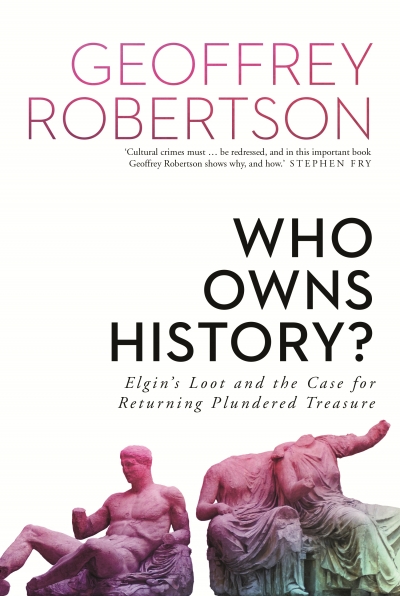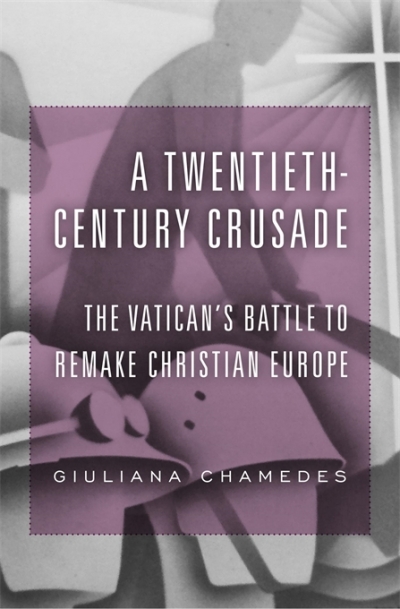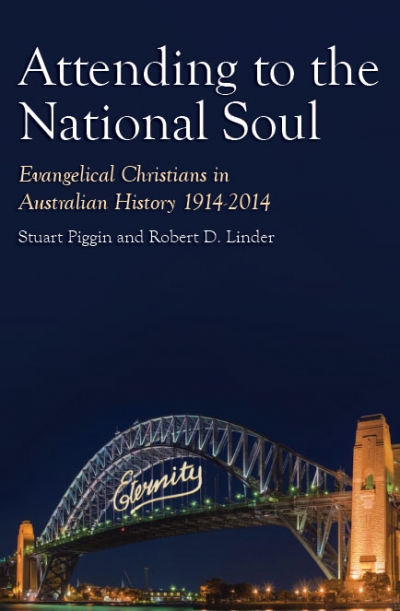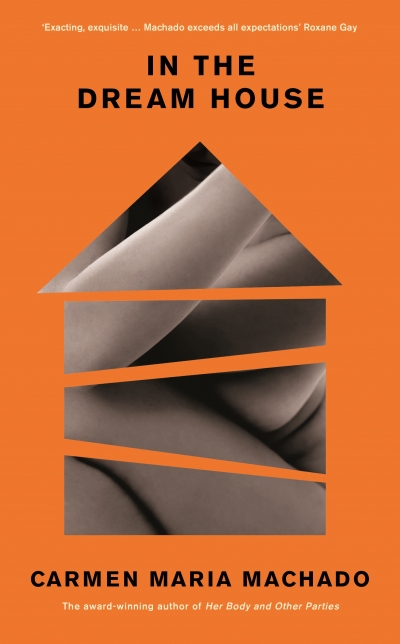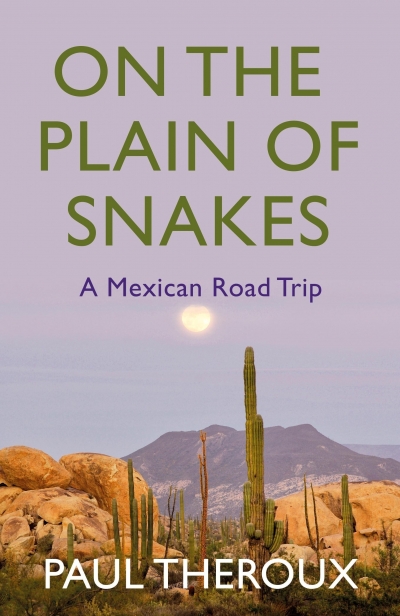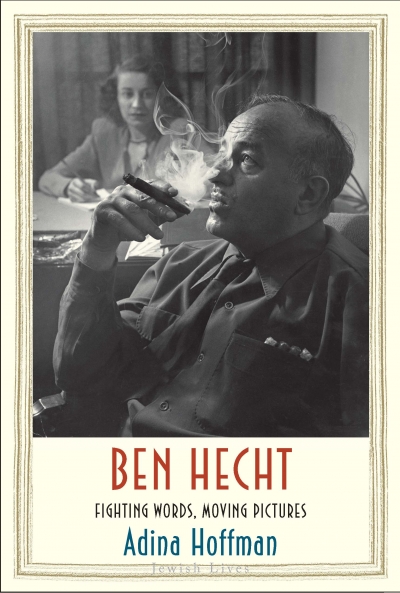Non Fiction
Botanical Revelation: European encounters with Australian plants before Darwin by David J. Mabberley
by Danielle Clode •
Who Owns History?: Elgin’s loot and the case for returning plundered treasure by Geoffrey Robertson
by Janna Thompson •
A Twentieth-Century Crusade: The Vatican’s battle to remake Christian Europe by Giuliana Chamedes
by Paul Collins •
Attending to the National Soul: Evangelical Christians in Australian history 1914–2014 by Stuart Piggin and Robert D. Linder
by Hugh Chilton •
Liberalism at Large: The world according to The Economist by Alexander Zevin
by Dominic Kelly •
On The Plain Of Snakes: A Mexican road trip by Paul Theroux
by Gabriel García Ochoa •
This Is the ABC: The Australian Broadcasting Commission, 1932–1983 by Ken S. Inglis
by Leonie Kramer •
Dancing Under the Southern Skies: A history of ballet in Australia by Valerie Lawson
by Luke Forbes •
Ben Hecht: Fighting words, moving pictures by Adina Hoffman
by Aaron Nyerges •


